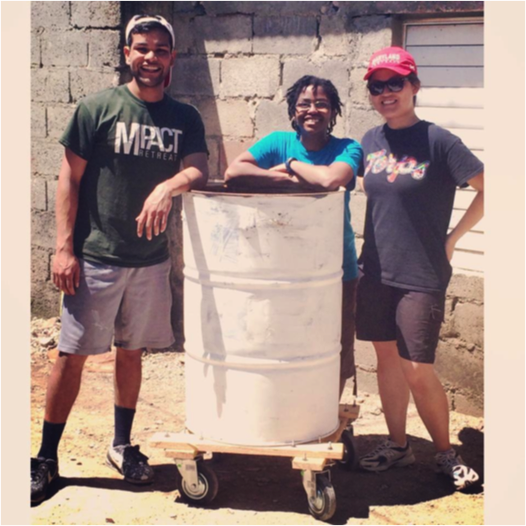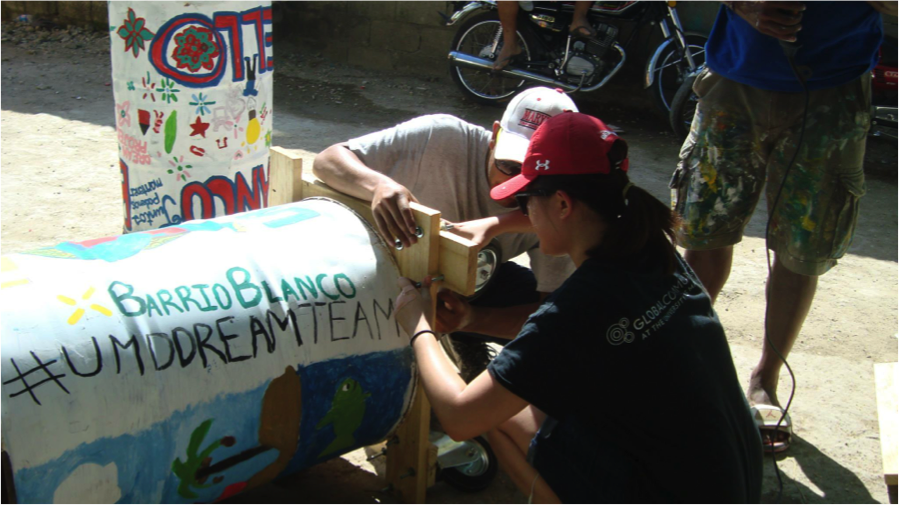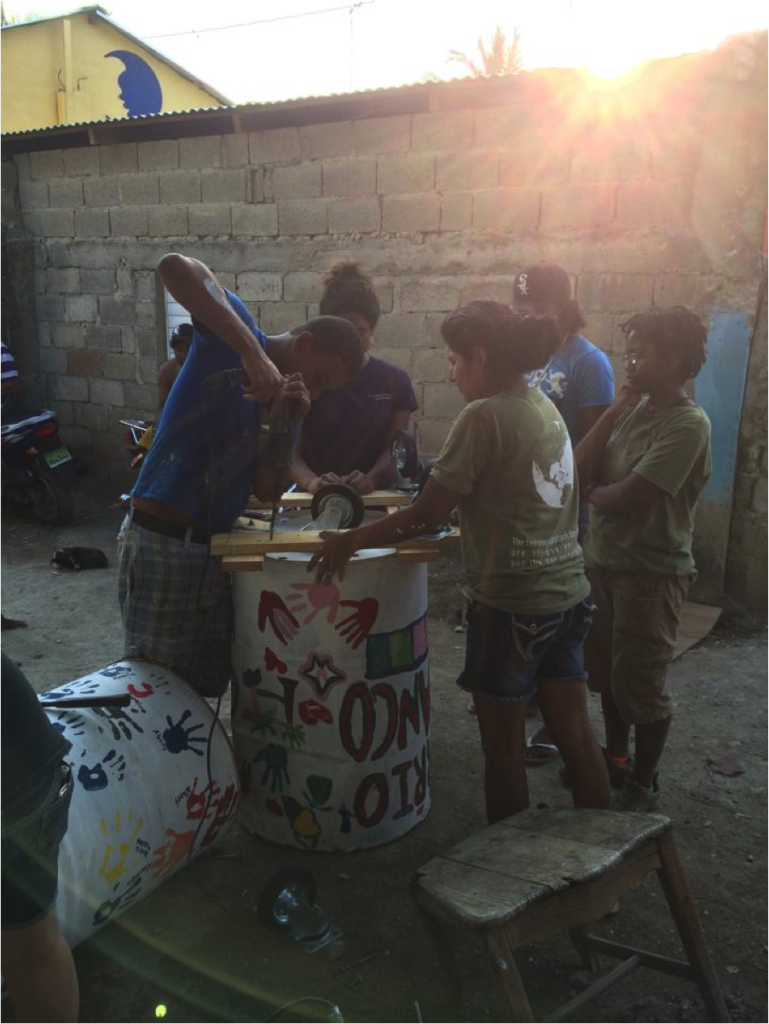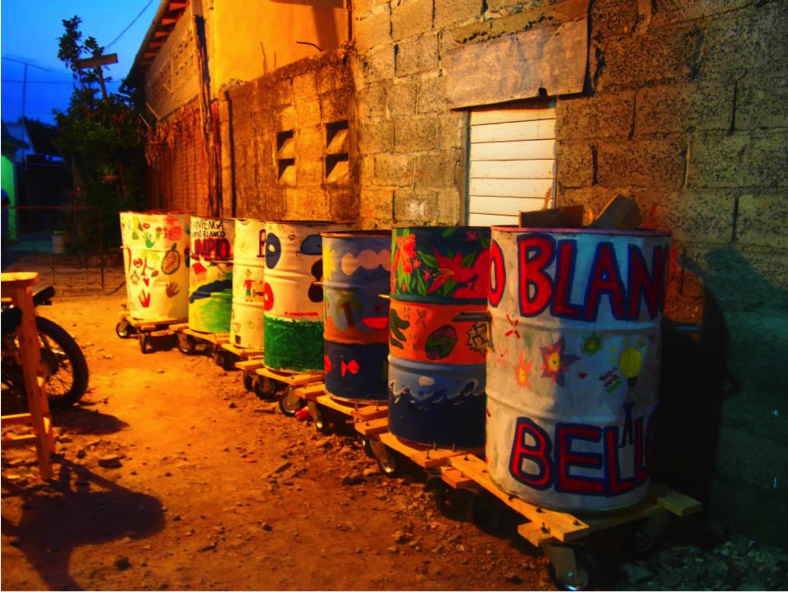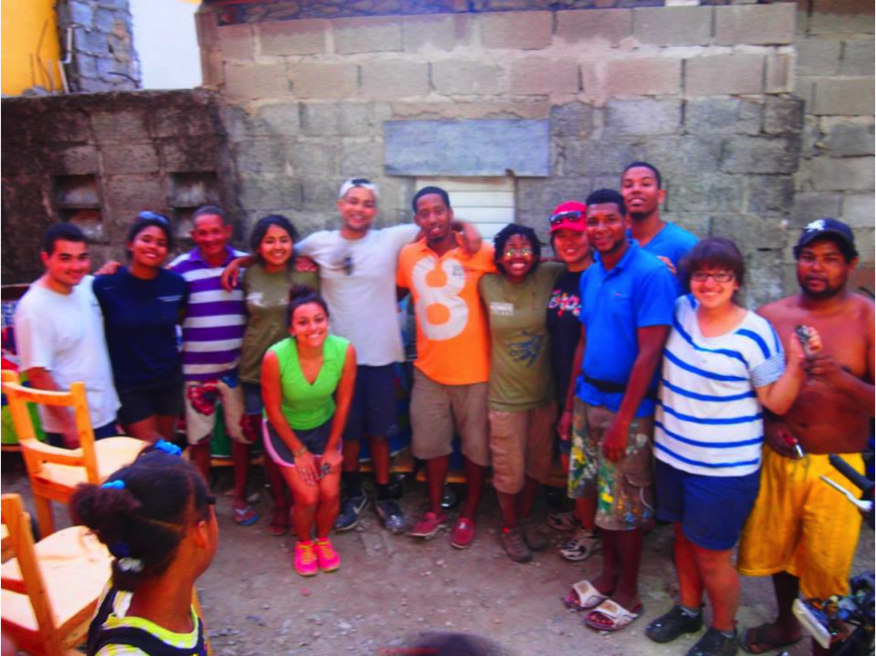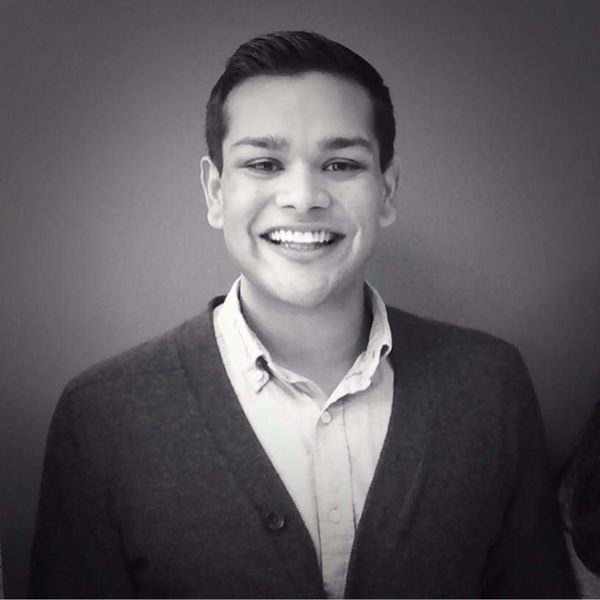Fellows Mid-Atlantic Regional Meetup: University of Maryland and Washington D.C.
Originally published by Epicenter
PRESS RELEASE: NATIONAL STUDENT ORGANIZATION HOSTS EVENT ON INNOVATION AND ENTREPRENEURSHIP IN HIGHER EDUCATION
The University Innovation Fellows Mid-Atlantic Regional Meetup will take place November 1 – 2, 2014, at the University of Maryland and in downtown Washington, DC.
October 28, 2014
The University Innovation Fellows, a national student organization, will host a regional event at the University of Maryland and in downtown Washington, DC, focusing on innovation and entrepreneurship in higher education.
The University Innovation Fellows Mid-Atlantic Regional Meetup will take place November 1-2, 2014. Fellows from across the country will join students from the University of Maryland to participate in experiential activities focusing on entrepreneurial thinking, creativity, design thinking and community engagement.
This event is hosted by the University Innovation Fellows program in collaboration with Fellows from the University of Maryland who designed the two-day program: Atin Mittra (Aerospace Engineering B.S. ‘14), Valerie Sherry (Architecture M.A. ‘15) and Meenu Singh (Civil Engineering B.S. ‘14).
“Our goal is to get participants thinking about innovation and entrepreneurship in new, inclusive ways that challenge the traditional assumptions of what it means to integrate these fields within higher education,” said Meenu Singh, one of the three Fellows organizing the event.
The Fellows are a national community of student leaders who help students at their schools learn about innovation, entrepreneurship, creativity, design thinking and venture creation. The program is run by the National Center for Engineering Pathways to Innovation (Epicenter), which is funded by the National Science Foundation.
“Student engagement is the key to a vibrant and growing innovation ecosystem, yet many institutions struggle to inspire and activate their student body with top-down efforts,” said Humera Fasihuddin, leader of the University Innovation Fellows program for Epicenter. “Students, on the other hand, have been especially successful at igniting their campus culture across all majors. This event will be an opportunity for students to share best practices and develop new ideas.”
The theme of the event is “Creative Collisions” to help students incorporate innovation and entrepreneurship into all facets of student life and across all areas of study. The event is a collaborative experience that will allow participants to learn from practices at the University of Maryland and share insights from their home institutions.
Activities on November 1 will take place at the University of Maryland and include a creativity workshop, a discussion with administrators on partnerships with students, a campus scavenger hunt and a business model activity. Activities on November 2 will take place in downtown Washington, DC, and include a design challenge, visits to co-working spaces and points of interest, and a movement workshop on the National Mall.
A full schedule of activities is available upon request.
Media contact:
Laurie Moore
Communications Manager, Epicenter
(650) 561-6113
llhmoore@stanford.edu
About Epicenter:
The National Center for Engineering Pathways to Innovation (Epicenter) is funded by the National Science Foundation and directed by Stanford University and VentureWell (formerly NCIIA). Epicenter’s mission is to empower U.S. undergraduate engineering students to bring their ideas to life for the benefit of our economy and society. To do this, Epicenter helps students combine their technical skills, their ability to develop innovative technologies that solve important problems, and an entrepreneurial mindset and skillset. Epicenter’s three core initiatives are the University Innovation Fellows program for undergraduate engineering students and their peers; the Pathways to Innovation Program for institutional teams of faculty and university leaders; and a research program that informs activities and contributes to national knowledge on entrepreneurship and engineering education. Learn more and get involved at http://epicenter.stanford.edu/.
























